QTS – Leading Contractor in the British Railway Industry
Safer working conditions, increased operational efficiency
QTS, a leading contractor in the British railway industry, contributes to the maintenance of the country’s railway system. QTS specializes in civil engineering, vegetation management, drainage & track cleaning, fencing, electrification, tactiles, IRATA rope access, and specialist plant fleet hire.
The company partnered with Tele Radio to develop a remote-control solution for a selection of its machines. By doing so, QTS significantly improved staff safety and operational efficiency.
Tele Radio tailored its TEQ Line of remote controls to the specific features of QTS’s heavy machinery, which is now operated from a single, compact package.
Why remote controls?
Efficiency – An important number of features on QTS machines, when operated directly or from a tethered control handle, require an operator to walk to and away from a machine. A remote control bundles all functions into a single package, saving operators time previously spent on travel from and to machines.
Safety – To ensure worker safety, QTS staff observe strict safety procedures. A wireless solution introduces a next level of safety: operators keep their distance from machines – significantly reducing the potential for accidents – while improving their view of what’s happening. Tele Radio’s TEQ Line is PLe CAT 3 rated.
Flexibility at heart
QTS opted for a customized version of Tele Radio’s TEQ Line because of the flexibility offered. From the beginning, Tele Radio was able to understand QTS’s challenges and respond with equipment catering to those challenges. As circumstances changed, Tele Radio continuously adapted its designs to keep QTS on track.
Marcus Edwards, Plant Compliance & Special Projects Supervisor at QTS Group, said: “We chose Tele Radio because we needed the remote controls to do a variety of things.” Tele Radio’s TEQ Line is the choice par excellence for the integration of a wide variety of functions – including inputs, outputs, and feedback – into a single pack.


















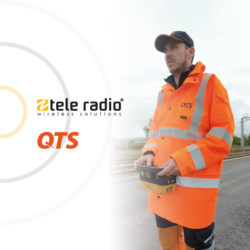
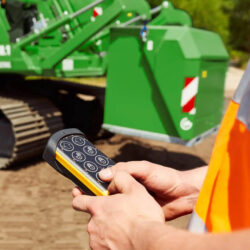
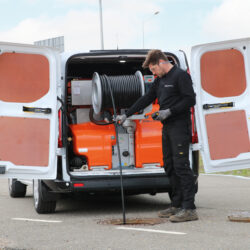
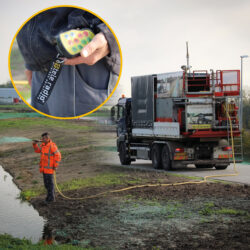
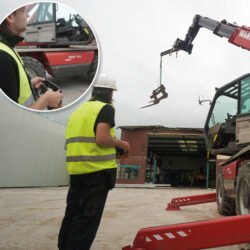
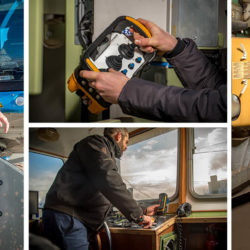
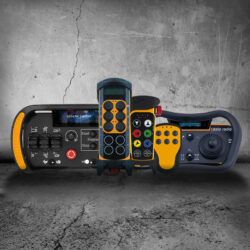
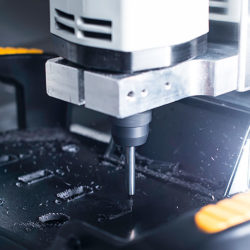

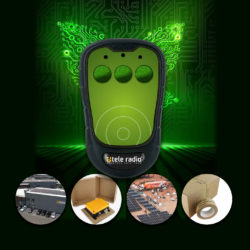
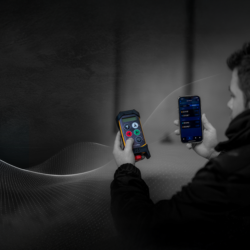
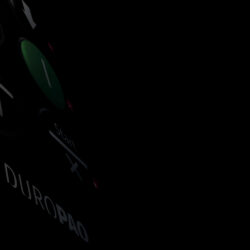
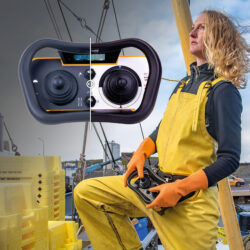

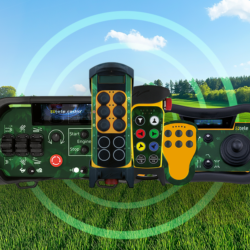

 Tele Radio supports the world wide preservation of the Tiger with WWF.
Tele Radio supports the world wide preservation of the Tiger with WWF.